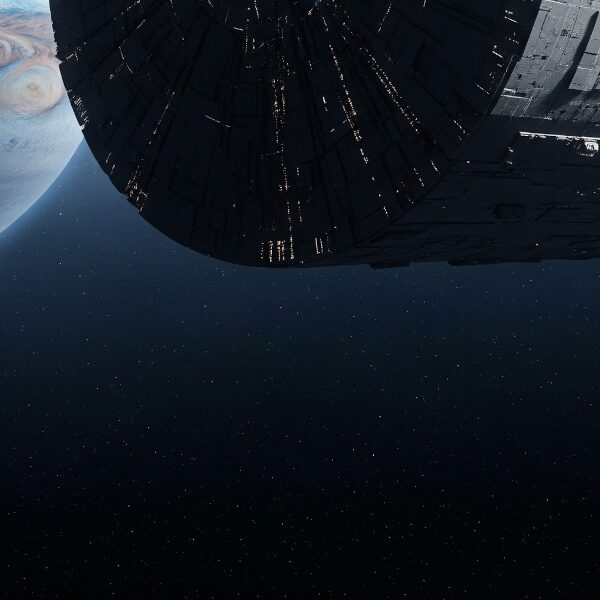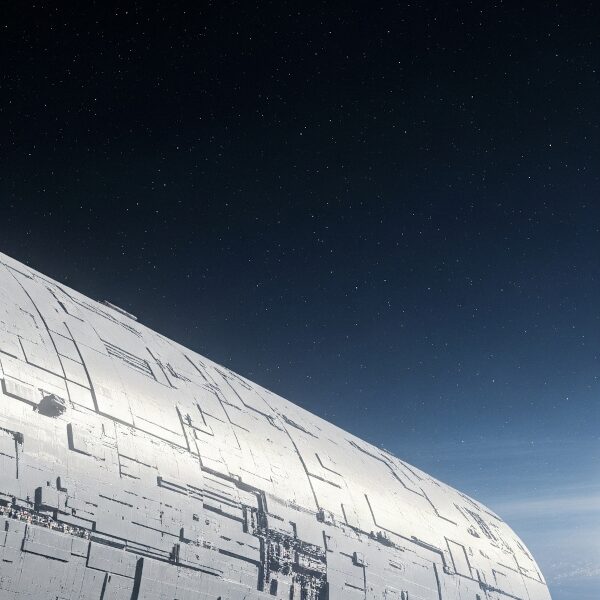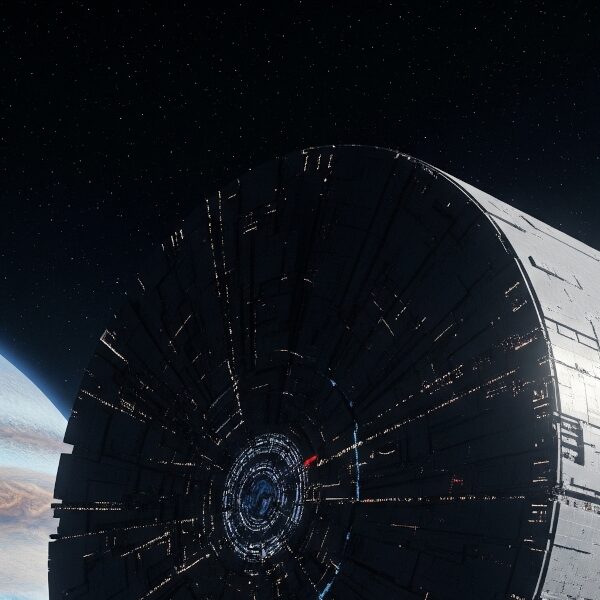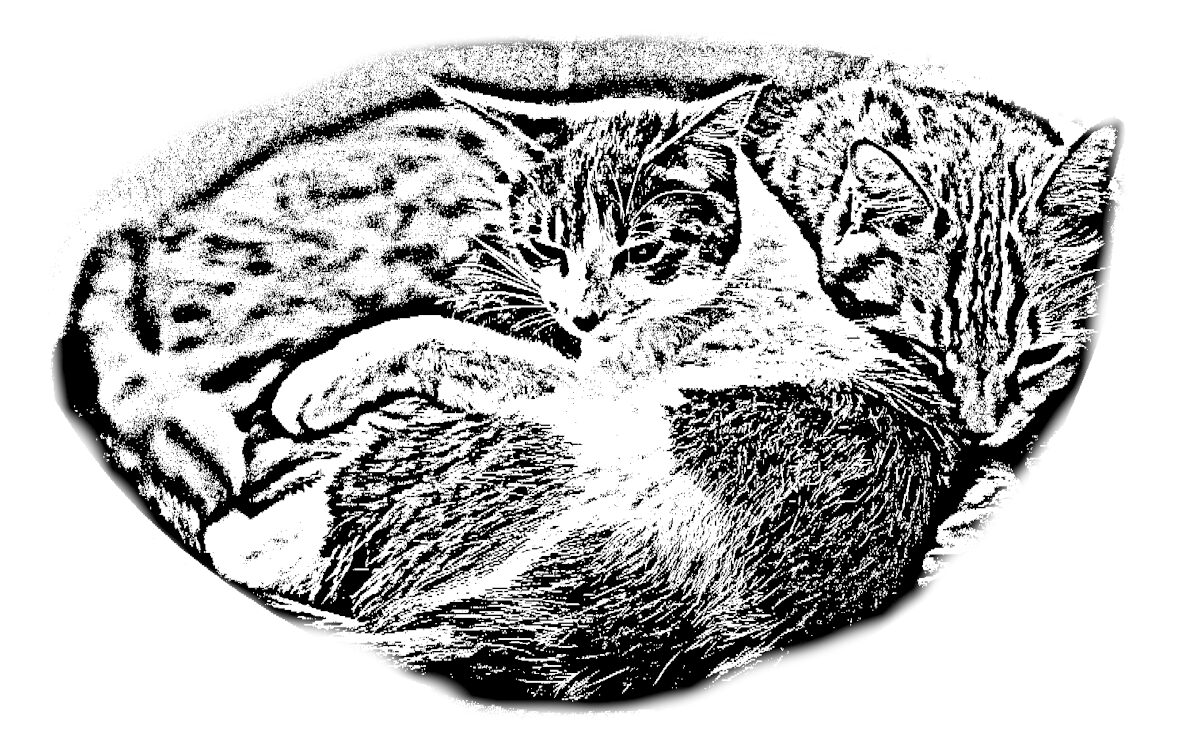No Rama, No Life.
Unveiling the Cosmic Enigma
Introduction: A Call from the Void
- Introduction: A Call from the Void
- The Allure of the Unknown: Why Rama Captivates
- Into the Labyrinth: An In-depth Analysis of Rama’s Heart
- First Encounters and Beyond: An SF Theme Feature
- The Philosophy of Presence: Applying Rama’s Lessons to Daily Life
- Gatekeepers of the Cosmic Voyage: Publishers and Adaptations
- Echoes in the Present: The Enduring Relevance of Rama’s Themes
- Conclusion: The Silent Message of Rama
Goodness, where does one even begin with Arthur C. Clarke? His mind, much like the cosmos he so eloquently explored, was a vast expanse of wonder and logical precision. Today, we’re casting our gaze upon a particular star in his literary constellation: Rendezvous with Rama. For those perhaps new to the grand tapestry of science fiction, or even seasoned travellers who’ve yet to embark on this specific journey, this novel is a rather extraordinary entry point. It introduces us to humanity’s first encounter with an enigmatic alien megastructure, a colossal cylinder of impossible design named Rama. It’s a tale that grips you not with explosive action, but with an overwhelming sense of curiosity and profound cosmic awe. As a museum curator, I find the meticulous detail with which Clarke constructs this alien artifact utterly fascinating. It’s a peek behind the curtain of an intelligence so alien, it makes you ponder our own humble place in this universe. My own personal feeling? It’s a book that quietly reshapes your perspective, like the gentle turning of the seasons here in Chiba, revealing something new with each passing moment.
The Allure of the Unknown: Why Rama Captivates
What makes Rendezvous with Rama so utterly irresistible? It’s the sheer audacity of its premise, isn’t it? Clarke presents us with an alien artefact that is, in essence, a blank slate. There are no little green men, no hostile invasions, merely a vast, silent, cylindrical world traversing our solar system. The allure lies in the methodical, almost archaeological, exploration of this colossal object. It’s hard science fiction at its most brilliant, where the “wow” factor comes from rigorous scientific plausibility and the meticulous unveiling of the unknown.
The novel’s charm, dare I say its mischievous delight, also stems from its portrayal of “cosmic indifference”. Rama is not here for us; it simply is. This lack of anthropomorphic intention, while perhaps unsettling to some, is precisely what makes it so profound. It’s a refreshing antidote to the often human-centric narratives of conflict and conquest that sadly still plague our own society. Clarke, with a gentle nudge and a knowing wink, invites us to contemplate a universe far grander and less concerned with our squabbles than we often imagine. And what a magnificent invitation it is!

Into the Labyrinth: An In-depth Analysis of Rama’s Heart
Delving deeper into Rendezvous with Rama is like exploring the intricate mechanisms of a centuries-old clock—each component, though alien, serves a purpose. Clarke’s masterclass in characterisation, subtle though it is, shines through the crew of the Endeavour. Commander Norton, for instance, embodies humanity’s cautious yet insatiable drive to explore, grappling with the sheer scale and mystery of Rama. Their psychological journey isn’t one of outward conflict, but of internal wrestling with the unknown, reflecting our own human inclination for self-discovery.
The novel’s core theme, beyond first contact, is arguably humanity’s response to the truly alien. It’s about how we react when faced with something utterly beyond our comprehension, something that doesn’t fit our neat little boxes. The hidden symbolism in Rama’s internal landscape, with its cities, seas, and the enigmatic “biots,” invites endless speculation. Are these biots merely maintenance drones, or do they hold a deeper, more profound purpose within Rama’s silent mission? Clarke offers no easy answers, pushing us to ask existential questions about existence itself. This deep analysis offers a mirror to our own introspective journeys, much like how a serene evening in Abiko can lead to quiet contemplation.

First Encounters and Beyond: An SF Theme Feature
Rendezvous with Rama stands as a monumental example within the realm of “first contact” narratives in science fiction. Unlike the more confrontational encounters found in H.G. Wells’ War of the Worlds or even some modern blockbusters, Clarke presents a scenario of profound, almost sterile, observation. This approach invites a fascinating comparison with other works that explore initial alien encounters. Consider Carl Sagan’s Contact, where the alien communication is mathematical and profoundly intellectual, or even the subtle interactions in Ted Chiang’s Story of Your Life (adapted into the film Arrival), where language itself becomes the bridge.
What unites these disparate portrayals is the fundamental question: How does humanity react when confronted with an intelligence vastly superior or simply incomprehensible? Clarke’s “cosmic indifference” is particularly striking here; it suggests that not every alien civilisation will care to communicate or even acknowledge our existence. This theme prompts us to reflect on our place in the universe, not as its centre, but as one small, evolving part. It’s a humbling thought, yet one that, like the delicate balance of nature in Japan’s changing seasons, offers a quiet understanding of interconnectedness.

The Philosophy of Presence: Applying Rama’s Lessons to Daily Life
While Rendezvous with Rama is a grand tale of cosmic exploration, its essence, surprisingly, offers profound lessons for our everyday lives, particularly in practicing mindfulness. The methodical, meticulous observation undertaken by the crew of the Endeavour can be seen as a metaphor for mindful attention. They don’t rush to conclusions; they patiently observe, record, and analyse. This dedication to careful, non-judgmental observation is a cornerstone of mindfulness.
Imagine applying this “Rama-like” focus to your own routine. The deliberate act of watching a cat, for example, as it stretches with effortless grace, or observing the intricate patterns of sunlight filtering through the leaves outside your window here in Chiba. These simple acts, performed with focused attention, can transform mundane moments into opportunities for profound discovery. Just as the Endeavour crew found wonder in an alien structure, we too can find moments of peace and insight by consciously engaging with our surroundings, even within an imperfect society still grappling with conflict. It’s about finding the extraordinary in the ordinary, a quiet revolution of perspective.
Gatekeepers of the Cosmic Voyage: Publishers and Adaptations
While Rendezvous with Rama is a work of fiction by the late Arthur C. Clarke, the ongoing presence of his vision in the literary and entertainment landscape is sustained by several key entities. The primary “related companies” are, naturally, the publishers who continue to keep his work in print. Del Rey (an imprint of Ballantine Books/Penguin Random House) has been a significant publisher of Clarke’s works in English, ensuring new generations can discover Rama.
Beyond the literary realm, the idea of Rama has long captivated filmmakers. While a live-action film adaptation has been in various stages of development for many years – famously with Morgan Freeman and David Fincher attached at different points – it has yet to come to fruition. Should it ever arrive, the production studios and visual effects houses involved would become pivotal “related companies” in bringing Clarke’s vision to the screen. For now, the purest experience of Rama remains within the pages of the novel itself.

Echoes in the Present: The Enduring Relevance of Rama’s Themes
Though Rendezvous with Rama was first published in 1973, its themes remain startlingly relevant. The concept of humanity encountering a vastly superior, yet enigmatic, alien intelligence continues to be a cornerstone of scientific discourse and popular culture. While there isn’t “new technology” specifically from the novel being developed today (beyond the fantastical, of course!), the pursuit of space exploration and the search for extraterrestrial life remain vibrant fields. The upcoming missions to explore ocean worlds in our own solar system, for instance, echo the spirit of discovery that drives the Endeavour crew.
Furthermore, the philosophical questions raised by Rama’s indifference resonate deeply in our current discussions about artificial intelligence and its potential future impact on humanity. How will we react when faced with intelligences we’ve created that might operate on principles entirely alien to our own? Clarke’s narrative provides a timeless thought experiment for these very contemporary concerns, inviting introspection and a deeper understanding of our own evolving relationship with technology. The novel reminds us that the quest for knowledge is unending, a journey that, like the cherry blossoms in spring, continually offers new insights.
Conclusion: The Silent Message of Rama
And so, we bid a temporary farewell to Rama, a silent teacher from the void. Rendezvous with Rama is more than just a science fiction novel; it’s a profound meditation on humanity’s place in the cosmos, a quiet challenge to our anthropocentric views, and a masterful exercise in the art of scientific speculation. My personal take, whispered perhaps over a cup of tea in my Abiko home, is that Clarke invites us to embrace the vastness of the unknown with humility and a renewed sense of wonder. It’s a book that encourages deep introspection, reminding us that sometimes, the most profound answers are found not in grand pronouncements, but in quiet observation and an open mind. It certainly gives my cats, and indeed myself, much to ponder as the day unfolds.
Rendezvous with Rama by Arthur C. Clarke
Related Articles
-
SF Novel Masterpiece Collection: When the Sky Falls, We Reach for the Stars – The Calculating Stars by Mary Robinette Kowal

Calculating Stars Sci-Fi: Discover Mary Robinette Kowal’s Hugo & Nebula-winning alternate history novel. Explore humanity’s cosmic aspirations and the vital role of women in STEM.
-
Old Books & Mindfulness: Unearthing Time’s Depth for the Modern Soul

Discover profound mindfulness and conscious living through the rich depths of old books. Sophia Aria shares insights on slow reading, vintage book preservation, and the art of intellectual meditation.
-
Masterpiece Collection: The Ultimate Quest for Life’s Why – Man’s Search for Meaning by Viktor Frankl

No Meaning, No Life: Sophia Aria explores Viktor Frankl’s harrowing yet hopeful classic, Man’s Search for Meaning, and its enduring lessons on finding purpose amidst suffering. An essential read for self-discovery.






Leave a Reply